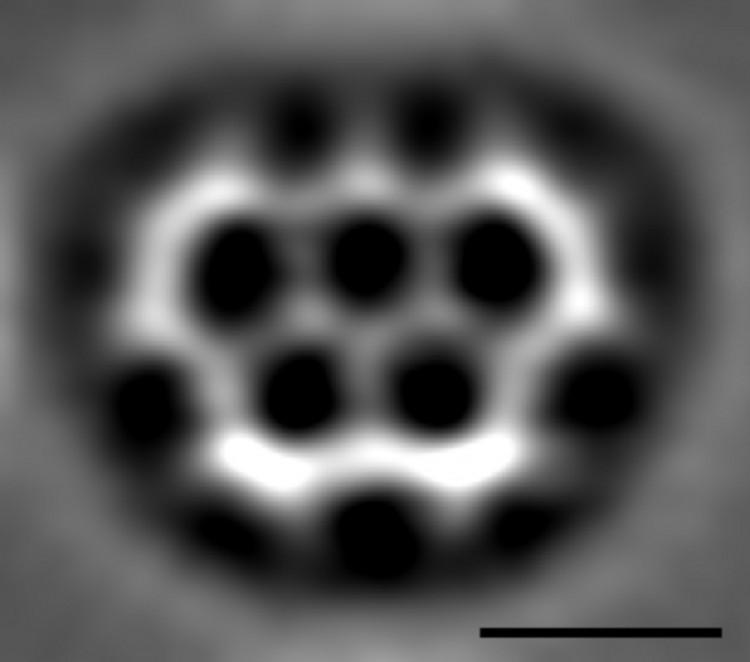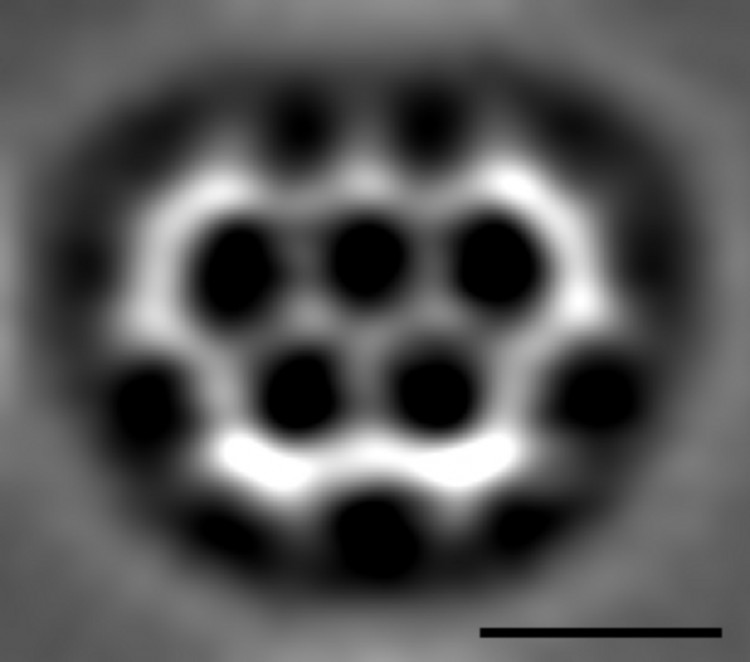[video]http://www.youtube.com/watch?v=dFp8Eoh_Vqo[/video]
A tiny molecule called olympicene has been synthesized by a team of European scientists. The molecule, C19H12, is only 1.2 nanometers wide—about 100,000 times thinner than a human hair.
The idea began with Graham Richards, a member of the U.K.’s Royal Society of Chemistry Council.
“When doodling in a planning meeting, it occurred to me that a molecular structure with three hexagonal rings above two others would make for an interesting synthetic challenge,” he explained in a press release.
“I wondered: could someone actually make it, and produce an image of the actual molecule?”




